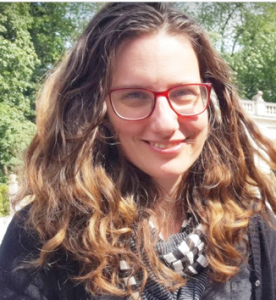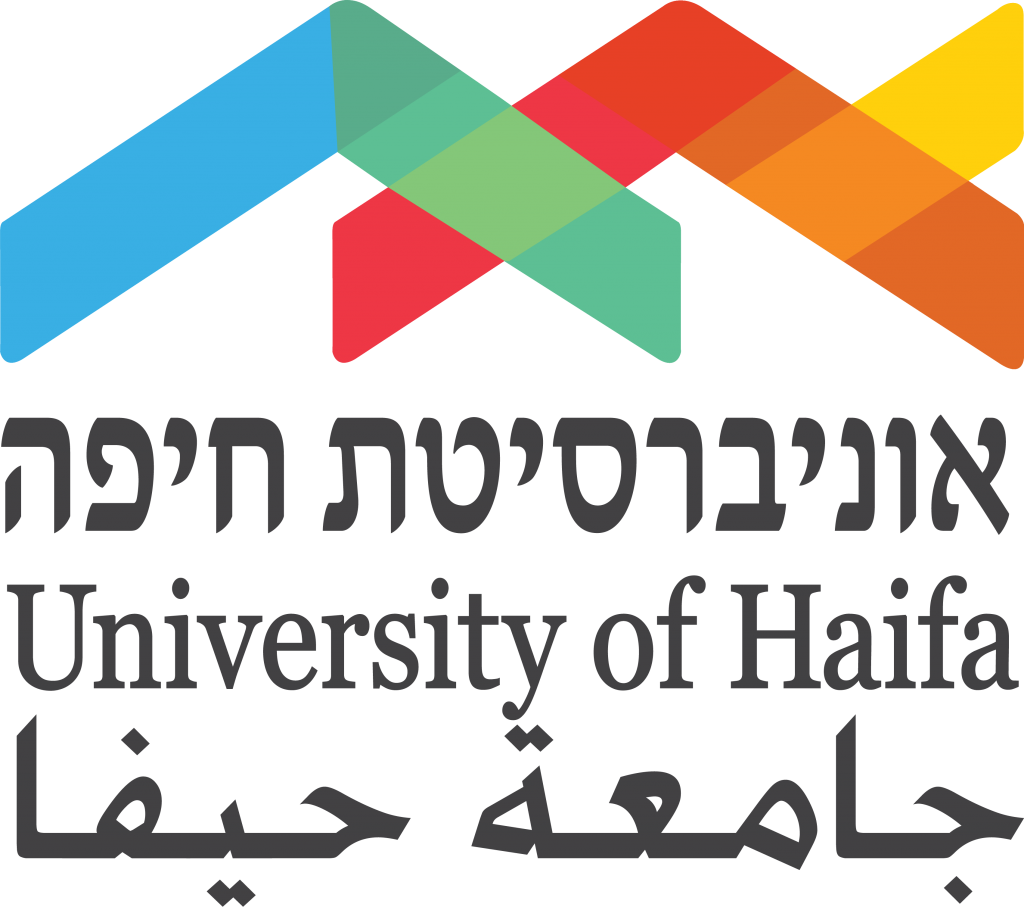
Prof. Liat Goldfarb
04-8240900
Head of Laboratory: The Laboratory for Attention
Our Team is Studying the Neurocognitive Mechanisms Underlying Attention in Humans. We use a variety of techniques to study attention. This includes behavioral tests that aim to reveal how attention influences our performance and functional magnetic resonance imaging (fMRI) that aim to reveal the biological neural properties of attentions in the brain. In addition to studying the attention mechanism in healthy population they are interested in studying this mechanism in attention deficit-hyperactivity disorder (ADHD).
- Selective Attention
- Arithmetic Processing & Attention
- Automatic Processing
- Attention & ADHD
2002 B.A, Cum laude, Department of Behavioral Sciences, Ben Gurion University.
2004 M.A, Summa cum laude, Department of Psychology, Ben Gurion University.
2007 PhD, Summa cum laude, Department of Psychology, Ben Gurion University.
2010 Post doctorate, Princeton University, Center for the Study of Brain, Mind and Behavior.
- Kalanthroff, E., Davelaar, E. J., Henik, A., Goldfarb, L., Usher, M. (2017). Task conflict and proactive control: A computational theory of the Stroop task. Psychological Review.
- Naaman, R. # and Goldfarb, L. (2017). The Influence of Gain and Loss on Arithmetic Performance. Frontiers in psychology.
- Henik, A., Bugg., J, Goldfarb, L. (2018). Inspired by the past and looking to the future of the Stroop effect Acta Psychologia.
- Baruch, O. & Goldfarb, L. Mexican Hat modulation of visual acuity following an attention-capturing cue: implications to a bottom-up process.
- Goldfarb, L. (2018).Automatic Interferences and Their Development in the Context of Numerical Tasks: Review and Implications. Heterogeneity of Function in Numerical Cognition. Atlanta, USA, Elsevier Press.

